Brain plasticity. Mindful superpowers. Pokémon invading our grey matter. Scientists have only begun to learn about the human brain.



SpaceX has said it is taking measures to tackle some of the concerns raised by astronomers about its Starlink constellation, as it gears up to launch more than a thousand satellites in the next 12 months.
The company’s Starlink mega constellation, which will add up to 42,000 satellites to orbit (only 2,000 active satellites in total orbit Earth today) to beam high-speed internet around the globe, has been taking shape in 2019. The company launched its first 60 satellites in May, followed by a second launch in November.
A third launch is planned in late December, and a fourth in January – with 24 in total planned by the end of 2020. The company hopes to launch 60 Starlink satellites roughly once every two weeks, adding more than 1,500 satellites to orbit by the end of next year alone.

SpaceX’s drone ship Just Read the Instructions (JRTI) has arrived in Port Canaveral, Fla. after undergoing refurbishment in Louisiana. The droneship joins Of Course I Still Love You (OCISLY) at the port, bringing SpaceX’s tally of east coast-based droneships to two. The additional droneship will help SpaceX’s execute its busy 2020 manifest.
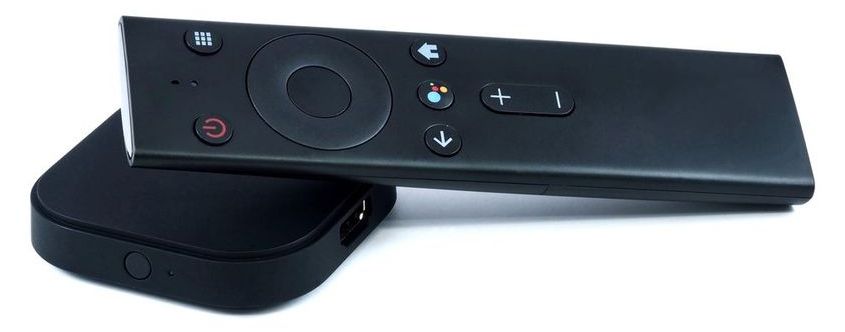
Today, Google is announcing that Android 10 is arriving on Android TV, and it’s about as bland of an update as they come. Primarily, it’s just the performance and security benefits of Android 10, without a single new user-facing feature. But at the bottom of Google’s blog post, the company hints at why: Google’s busy prepping for the “next-generation of Android TV,” starting with the miniature box above.
Google says this new ADT-3 dongle is a full-fledged Android TV platform, with a quad-core ARM Cortex A53 CPU, 2GB of DDR3 memory, and the ability to output 4K HDR content at 60 frames per second over its HDMI 2.1 port.

O…O.
At 8:01 p.m. on October 10, 2018, a bolt of lightning flashed inside of a storm cloud just east of the Indonesian island of Sulawesi. The International Space Station was passing overhead at the time, and a suite of instruments observed as the bolt produced a flash of gamma radiation—and, simultaneously, emitted a glowing ring of ultraviolet and visible light in the topmost layer of the atmosphere.
Scientists today are presenting the results of this observation, the first to capture both a terrestrial gamma ray flash, or TGF, and the visible-light component of an Elve, a dim disk of ionospheric radiation. This observation provides more evidence for the connection between lightning, the radiation produced by storms, and electromagnetic phenomena at the top of the atmosphere, while illustrating more of the wild radioactive curiosities that weather can generate.
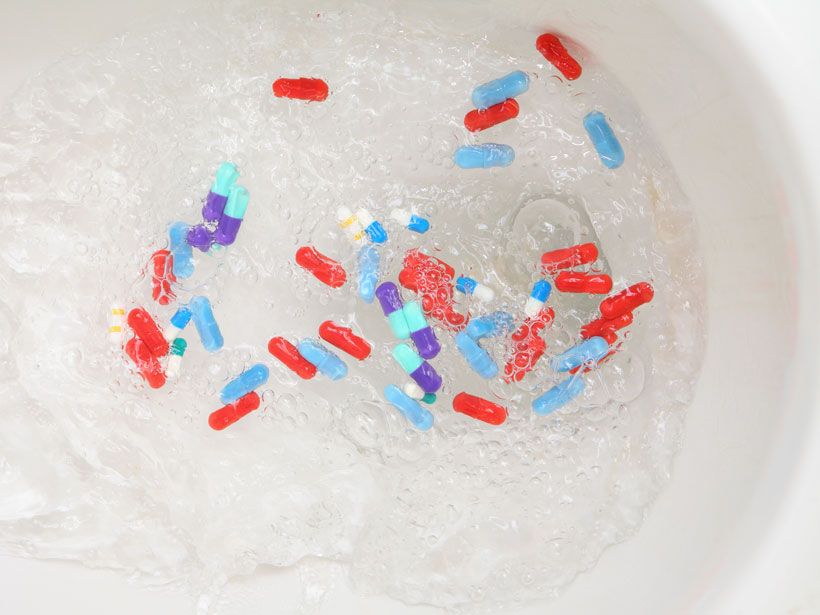
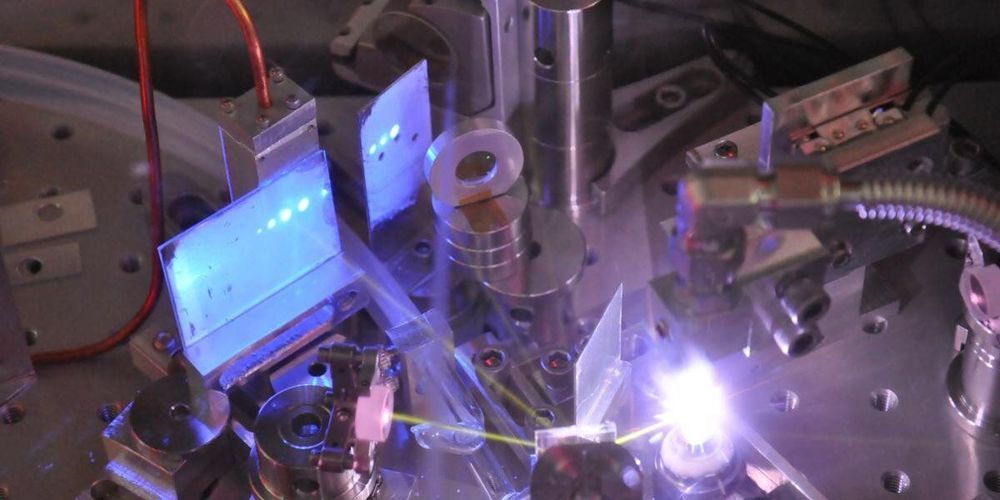
For the first time, researchers have been able to record, frame-by-frame, how an electron interacts with certain atomic vibrations in a solid. The technique captures a process that commonly causes electrical resistance in materials while, in others, can cause the exact opposite—the absence of resistance, or superconductivity.
“The way electrons interact with each other and their microscopic environment determines the properties of all solids,” said MengXing Na, a University of British Columbia (UBC) Ph.D. student and co-lead author of the study, published last week in Science. “Once we identify the dominant microscopic interactions that define a material’s properties, we can find ways to ‘turn up’ or ‘down’ the interaction to elicit useful electronic properties.”
Controlling these interactions is important for the technological exploitation of quantum materials, including superconductors, which are used in MRI machines, high-speed magnetic levitation trains, and could one day revolutionize how energy is transported.
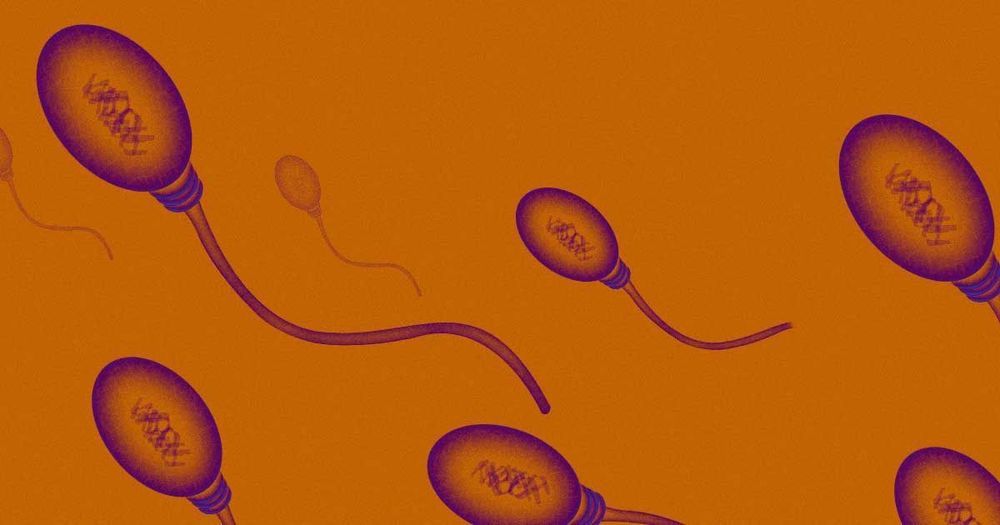
Chris Long is an IT worker in the Washoe County Sheriff’s Department in Reno, Nevada. But all the DNA in his semen belongs to a German man he’s never met.
That’s because Long received a bone marrow transplant from the European stranger four years ago — and the unexpected impact it has had on his biology could affect the future of forensic science.
According to a newly published New York Times story, the purpose of the transplant was to treat Long’s acute myeloid leukemia, a type of cancer that prevents the body from producing blood normally.
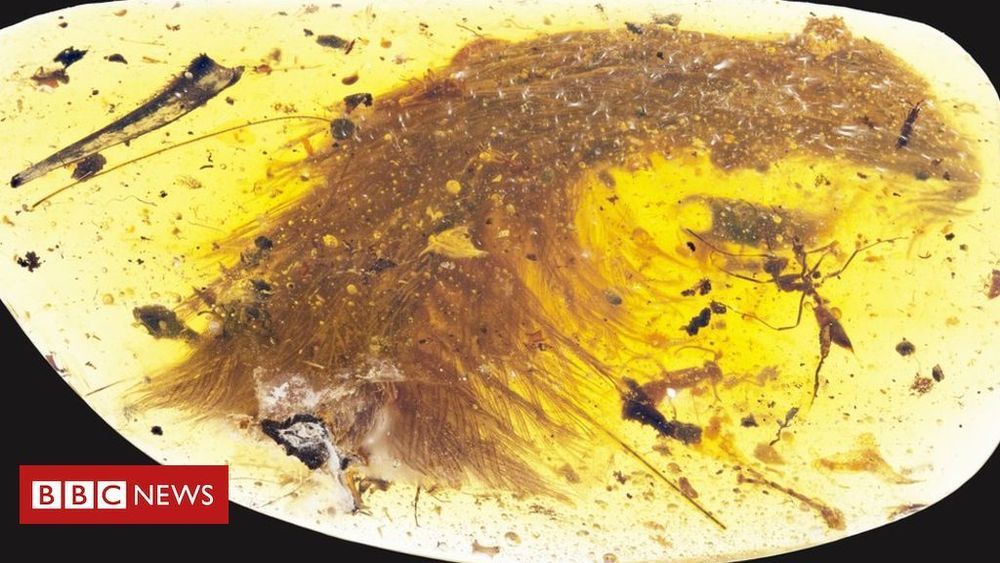
The tail of a feathered dinosaur has been found perfectly preserved in amber from Myanmar.
The one-of-a-kind discovery helps put flesh on the bones of these extinct creatures, opening a new window on the biology of a group that dominated Earth for more than 160 million years.
Examination of the specimen suggests the tail was chestnut brown on top and white on its underside.

MESA, AZ — Mysterious lights hovering above the east Valley have many wondering if we’ve had a close encounter.
“It was pretty bright, it was about straight up over here, and it went straight that way, stopped, and it didn’t seem like it was too far,” said DJ Maier and Kerri Burnett, describing what they saw.
The couple says they spotted the phenomenon outside their Mesa home on Sunday around nine that night.